 Alicia has been busy again finding articles that relate to my current interest in categories.
Alicia has been busy again finding articles that relate to my current interest in categories.
A study by Church et al., examined the theory that children with high functioning autism (HFA) may form and recognize categories differently than typically developing children. A dot pattern categorization task was used on both children with HFA and their typically developing counterparts. This task was used because to perform well, one must make decisions based on the overall similarity of items.
Researchers were specifically interested in the aspect of how children with HFA used average similarity information about a category to make decisions. The basis of the study was to examine family resemblance comparison, or, “the ability to treat objects as part of the same category based on their overall similarity to other members without my defining features or simple rules to indicate membership.” (Church et al, 2010)
It is known that children with autism spectrum disorder have trouble with perception. It is thought that perception is further affected by hyper-specific representations. This means information is represented on a very specific scale, which makes it difficult to notice similarities between objects or events.
Testing explained children with HFA showed less sensitivity to items that were supposed to be categorized and the prototype. This suggests children with HFA are not as likely to use overall average similarity when making categorical decisions or thinking categorically as their typically developing counterparts. The results suggest many children with HFA are not noticing overall average similarity when faced with making categorical decisions.
These findings are important because this can negatively influence the way children with HFA process social information such as facial expressions or other cues that are crucial to one’s social functioning. It is also important to note this stems from a general categorization issue, and is not solely an issue referencing social situations.
References
Church, B., Krauss, M., Lopata, C., Toomey, J., Thomeer, M., Coutinho, M., … Mercado, E. (2010). Atypical categorization in children with high-functioning autism spectrum disorder. Psychonomic Bulletin & Review, 17(6), 862-868. Retrieved February 23, 2015, from http://www.ncbi.nlm.nih.gov/pmc/articles/PMC3058

